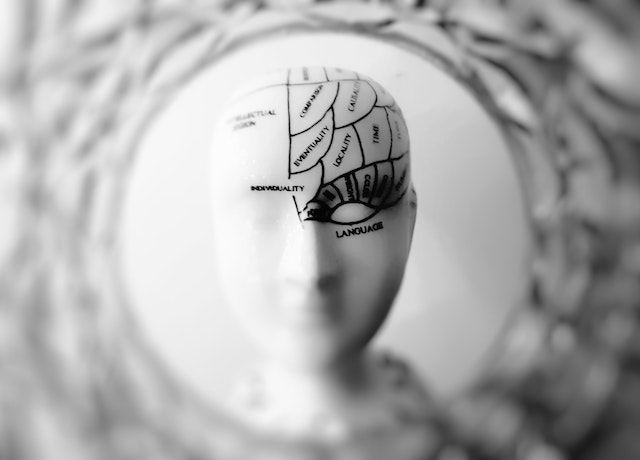In the realm of human existence, the concept of immortality has long captured the imagination of scientists, philosophers, and dreamers alike. While the quest for immortality of the body remains elusive, recent scientific discoveries have shed light on a different form of everlasting existence: the immortality of the human brain. Through cutting-edge research and technological advancements, scientists are delving into the intricate workings of our brain, unveiling its extraordinary potential for longevity.
Central to understanding the potential immortality of the human brain is the concept of neuronal plasticity. Unlike most other cells in our body, neurons possess a remarkable ability to adapt, grow, and reorganize themselves throughout our lives. This plasticity allows the brain to form new connections, rewire existing pathways, and adapt to changes in our environment. It is this incredible flexibility that holds the key to the brain’s potential for immortality.
Recent studies in the field of neurogenesis, the process of generating new neurons, have challenged the long-held belief that the adult brain is incapable of producing new cells. Contrary to previous assumptions, researchers have discovered that neurogenesis continues to occur in certain regions of the brain, most notably the hippocampus, which is vital for memory and learning. This finding opens up a new realm of possibilities for harnessing the brain’s regenerative capabilities and potentially extending its lifespan.
Furthermore, advances in neurotechnology have paved the way for innovative approaches to enhancing brain health and longevity. Neurostimulation techniques, such as transcranial magnetic stimulation (TMS) and deep brain stimulation (DBS), have shown promising results in improving cognitive function and mitigating age-related decline. These techniques involve the targeted application of electromagnetic fields or electrical impulses to specific regions of the brain, stimulating neuronal activity and promoting neuroplasticity.
Another intriguing avenue of research involves exploring the potential of uploading our consciousness into artificial substrates, commonly referred to as “mind uploading.” While still largely speculative, proponents of this concept argue that by transferring the intricate neural connections and patterns that define our consciousness into a non-biological medium, such as a computer, we could theoretically achieve a form of digital immortality. However, this idea remains highly controversial and raises profound ethical and philosophical questions.
It is essential to note that while scientific advancements offer glimpses into the potential immortality of the human brain, significant challenges and limitations persist. The complex interplay of genetics, environmental factors, and individual differences make the attainment of brain immortality a multifaceted and intricate pursuit. Additionally, ethical considerations surrounding the preservation of personal identity and the social implications of extended lifespans demand careful examination.
In conclusion, the science behind the immortality of the human brain is a captivating field that continues to unravel the brain’s astonishing capacity for adaptability and regeneration. From neurogenesis and neurostimulation to the speculative realm of mind uploading, researchers are pushing the boundaries of our understanding. While the achievement of brain immortality remains uncertain and ethically complex, these scientific endeavors fuel our collective curiosity and challenge us to ponder the very nature of our existence. As we journey deeper into the realm of the mind, we inch closer to unlocking the secrets that may redefine what it means to be truly immortal.












